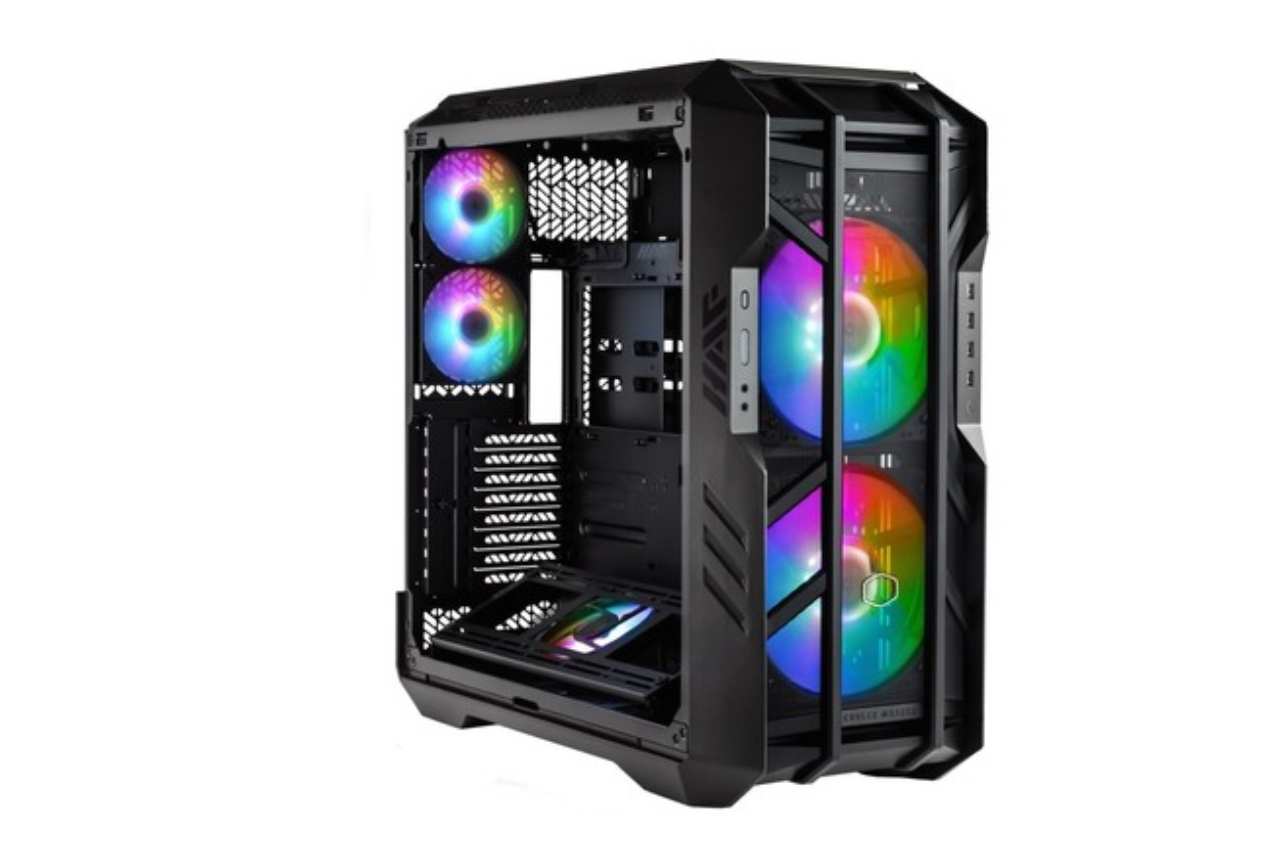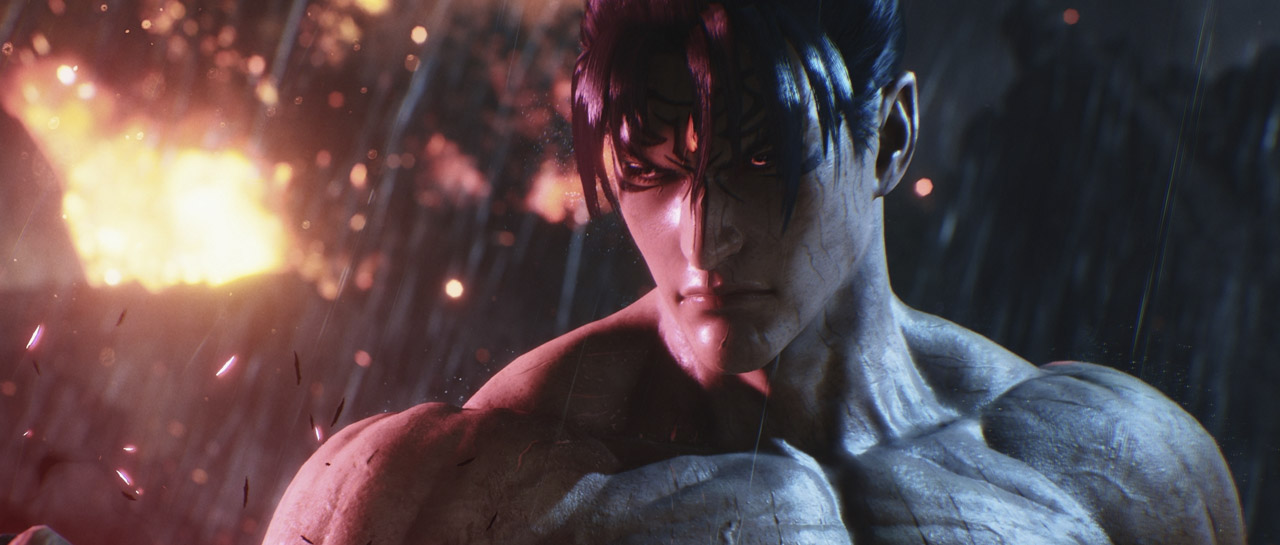Photographer Markus Hofstaetter specializes in large format photography, including the wet plate photographic process. Hofstaetter also offers workshops, including ones where fellow photographers can try their hand at wet plate photography. Just before the pandemic started, Corrine West booked a workshop with Hofstaetter, and two years later, it happened.
West wanted to learn how the wet collodion process worked and eventually be able to shoot double exposure portraits, much like those captured by 19th-century American spirit photographer William H. Mumler. The term ‘spirit photographer’ is an unusual one. Mumler’s spirit photographs, now recognized as fakes, showed a portrait subject joined by the ghost of a deceased relative, such as this famous Mumler portrait of Mary Todd Lincoln with the ghost of Abraham Lincoln. That era was good business for a spirit photographer like Mumler, as many families had lost loved ones in the Civil War. Mumler wasn’t without his critics, such as the famed PT Barnum, who accused Mumler of capitalizing on people’s grief and taking advantage of them in their most vulnerable moments. Nonetheless, Mumler was allowed to continue his work and later developed the Mumler Process, a faster printing process, before his death in 1884.
 |
| Hofstaetter and West’s DIY large format wet camera |
Back to the present, West wanted to learn how to build a camera and use it for double exposure wet plate portraits. Hofstaetter writes, ‘I built a DIY camera kit, so to say. But I did not want to build everything. It was important for me that we put the major parts together in person, to really create a camera and an understanding of how a camera works. ‘ He wanted to make sure that the major components were adaptable and upgradeable and that the camera comprised materials you could find at a local DIY store or hardware store. The camera should be able to work for portraits and landscapes. The trickiest part was the back, which Hofstaetter needed to design and 3D print.
The DIY camera works well with any of the three different 150mm lenses, a Leitz Dimaron F2.8, Elmaron F2.8 or Hektor F2.5. 150mm is a ‘normal’ focal length on a 4×5 large format camera, and each of these lenses has the same diameter, so they’re optimal choices. In the video above, Hofstaetter and West used a Dimaron lens, which is relatively inexpensive to purchase online and quite sharp.
 |
| The DIY large format camera is well-suited to portraits, nature and landscape photography |
They also needed to make a ground glass for their large format camera. You can learn more about that topic here. For the 4×5 film holder, the DIY camera uses a standard international holder that has been modified with silver wires, as they are more resistant to acid and work well with silver nitrate.
 |
| One of West’s double exposure wet plate portraits |
After building the camera and capturing some lovely, sharp wet plate portraits, it was time to try out a Mumler-esque double exposure. For these portraits, they used different lenses, including a Dallmeyer 3B Petzval and a Zeiss 300mm F4.5 Tessar.
It looks like it was a fantastic three-day workshop. Hofstaetter and West captured many great wet plate photos and you can many of them on Hofstaetter’s blog.
 |
| This double exposure is especially reminiscent of Mumler’s 19th-century spirit photographs |
If you want to see more of Hofstaetter’s wet plate and large format photography, check out some of our prior coverage below:
All images by Markus Hofstaetter













